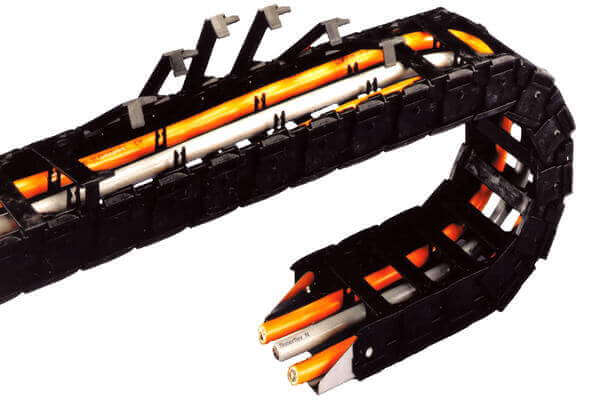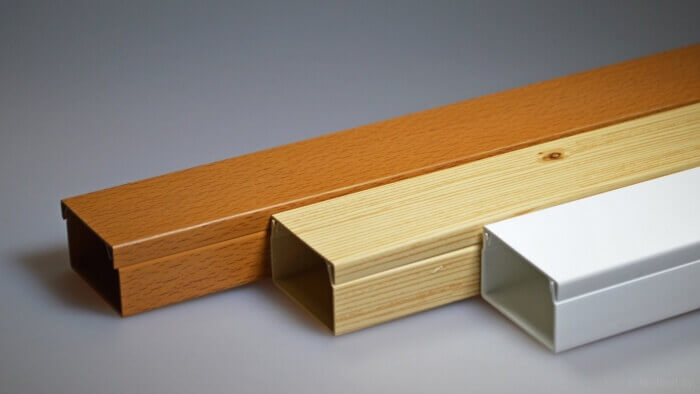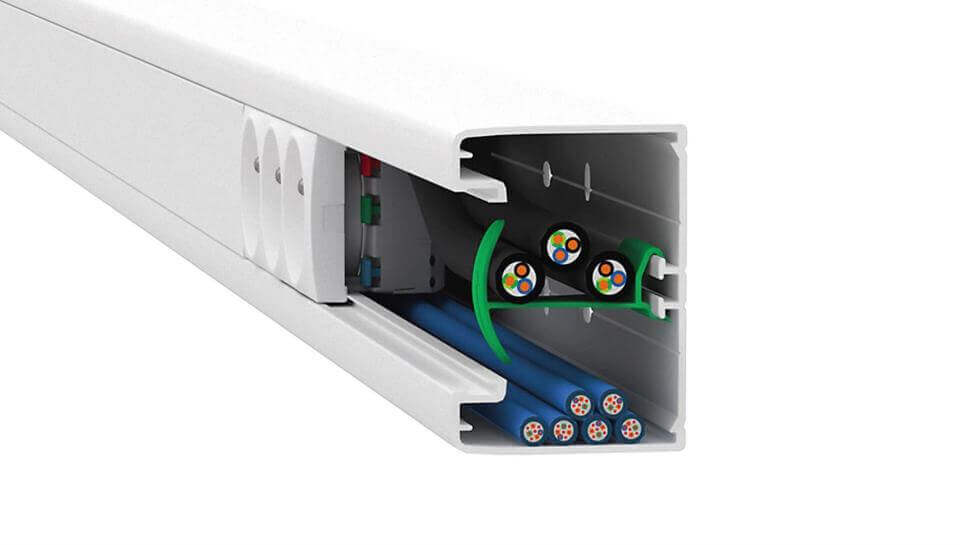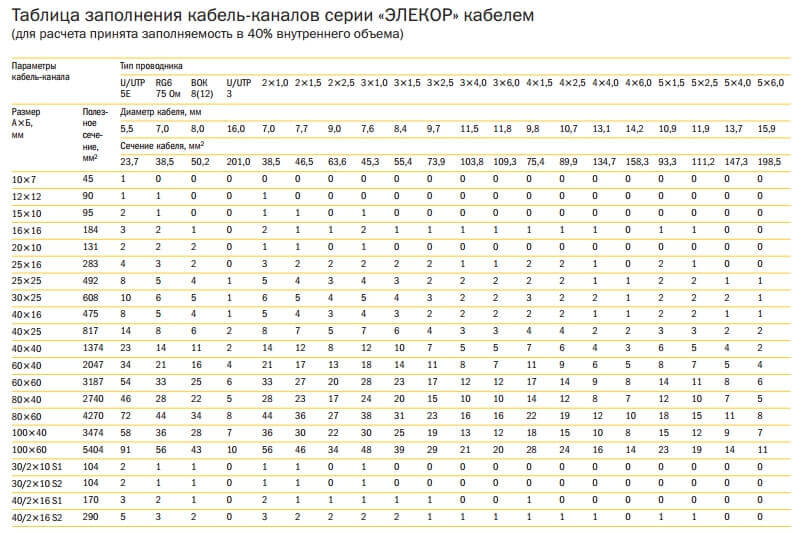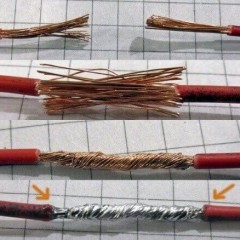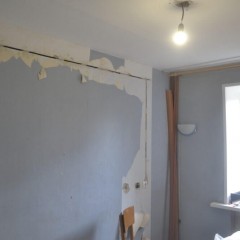Choosing a cable channel for wiring over the cable cross-section and other parameters
Cable Channel Types
First you need to decide on the type of cable channel. About what are types of cable channels, we told in detail in a separate article, now briefly repeat again. They are distinguished by 4 criteria:
- By the method of installation and location in space.
- According to the material from which it is made.
- By design.
- In appearance.
To choose a cable channel for wiring, you need to take into account all the differences, let's look at what they are.
According to the installation method, they distinguish:
- Wall mounted. In the context, they have a rectangular or square shape depending on the dimensions and the number of wires being laid. Here they single out a separate option - mini cable channels, they are needed for laying single or just thin wires and cables, such as a television and Internet cable.
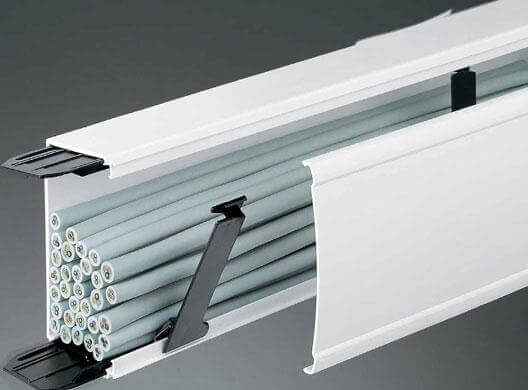
- Floor standing. They have a semicircular shape. This form of cable duct is needed because it is located on the floor so that it does not trip over it.
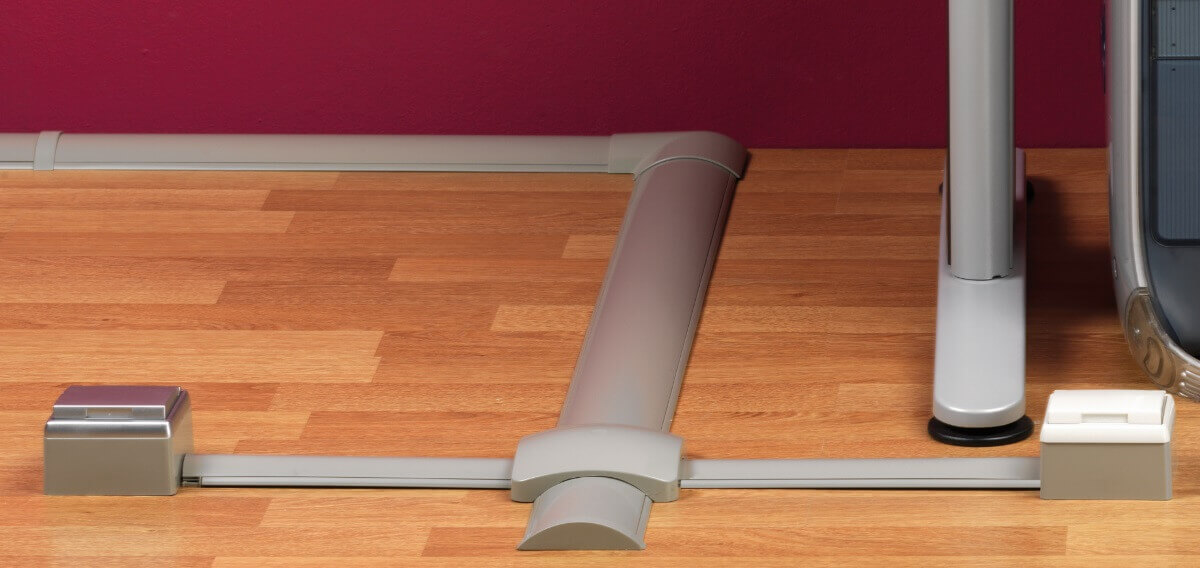
- Corner-ceiling. In the context, they resemble a right-angled triangle, depending on the model and manufacturer, there may be other shapes. It is your choice if you are wiring the ceiling. They are installed at the junction of the ceiling and the wall.
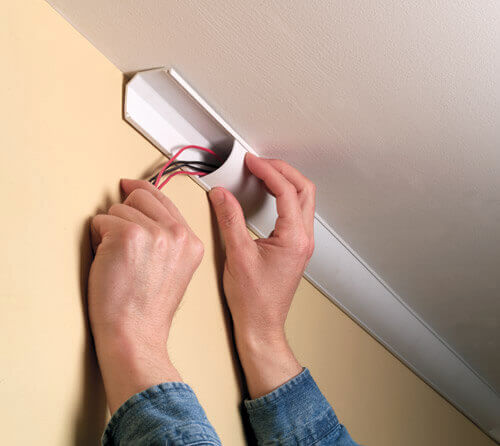
- Skirting boards with cable duct. There are completely different shapes and designs. They are installed instead of the usual baseboard, at the junction of the wall and floor. Great for concealed cable laying of television and the Internet, as well as electricity. To choose a skirting board for laying cable products, you need to determine the number and size of the grooves for the wires, otherwise they may just not fit in and you will have to leave the situation differently, and this can worsen the appearance of the room.
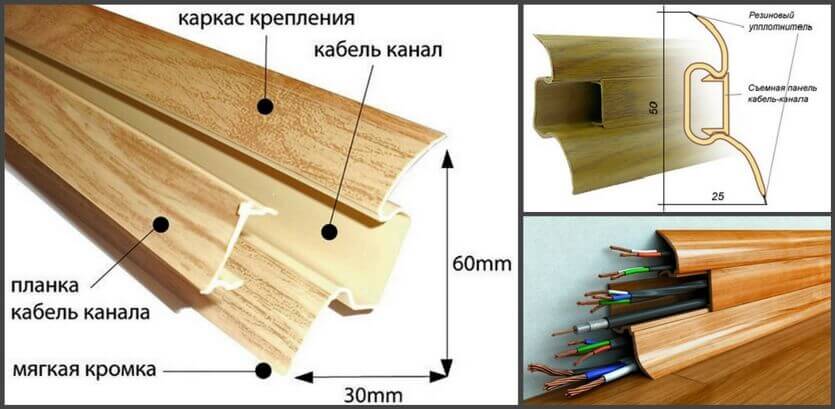
According to the material from which it is made, they are divided into many types:
- PVC
- Metal (galvanized steel or aluminum). Suitable for outdoor use, in rooms with increased fire hazard and difficult environmental conditions.
- Halogen-free (do not contain bromine, fluorine, iodine, chlorine, astatine), are recommended for use in closed unventilated rooms.
By design, the following cable channels are distinguished:
- Smooth. Solid smooth body.
- Perforated. Lighter and cheaper than usual.
- Flexible. They can be corrugated or consist of links, like a chain. They are selected for installation and laying of a cable line in geometrically complex areas, for example, along a semicircular protrusion on a wall or column.
- Transparent.More likely not a constructive, but a design decision. Suitable for exercise ceiling light led strip. They can be wall, ceiling or in the form of a plinth.
In appearance, cable channels vary in color, can be made with wood texture, etc. In fact, among all this variety for the home and office, they most often choose simple smooth white PVC cable ducts for outdoor wiring.
There are many manufacturers on the market, their products differ in both quality and appearance and design, but the essence remains the same. Popular are the manufacturers Legrand and IEK.
How to choose a cable channel size
Some "experts" advise you to choose the size on the principle of "just fit." That is, the size of the channel should be such that when filling it with a group of cables, the basic requirement is fulfilled - that its cover is closed. This is fundamentally wrong.
Cables are heated by electric current. Regardless of the current and cable cross-section - heat is always generated, as described Joule-Lenz law, which, by the way, has a whole article on the site. This means that the cables must cool down, and before that they must give off heat to the environment. If the cables completely fill the space of the cable channel, they will give off heat to each other, thereby heating even more.
The PUE says that when laying cables in the pipe, it is not recommended to fill it by more than 40%. We believe that it is reasonable to apply the same rule when choosing a cable channel for wiring. But you can make the fill factor a little larger - up to 50-60%, otherwise you just won’t be able to make a turn when installing the cable, or the box will not close on it.
That is, the cable channel must be selected for the wire section and their number. Therefore, if you are going to lay two cables in one box (for example, 3x2.5 for an outlet and 3x1.5 for lighting), based on the dimensions of the cables, the dimensions of the channel cable should be from 25x16. According to this logic, count for more cables of different sections.
Cable channel filling table, which will help you choose the right size for the cable cross-section (click on the picture to enlarge):
Finally, we recommend watching a useful video on the topic:
To summarize, I would like to note. In order to choose the right cable channel for electrical wiring, you first need to determine its type by the installation method and location in space, then with the required size, and only then with the appearance and color. Do not forget about the necessary dimensions of the cable box, otherwise the wires will heat up, and in case of repair of the wiring it will be difficult for you to find the right cable if there are too many of them in a small channel volume.
Surely you do not know:

